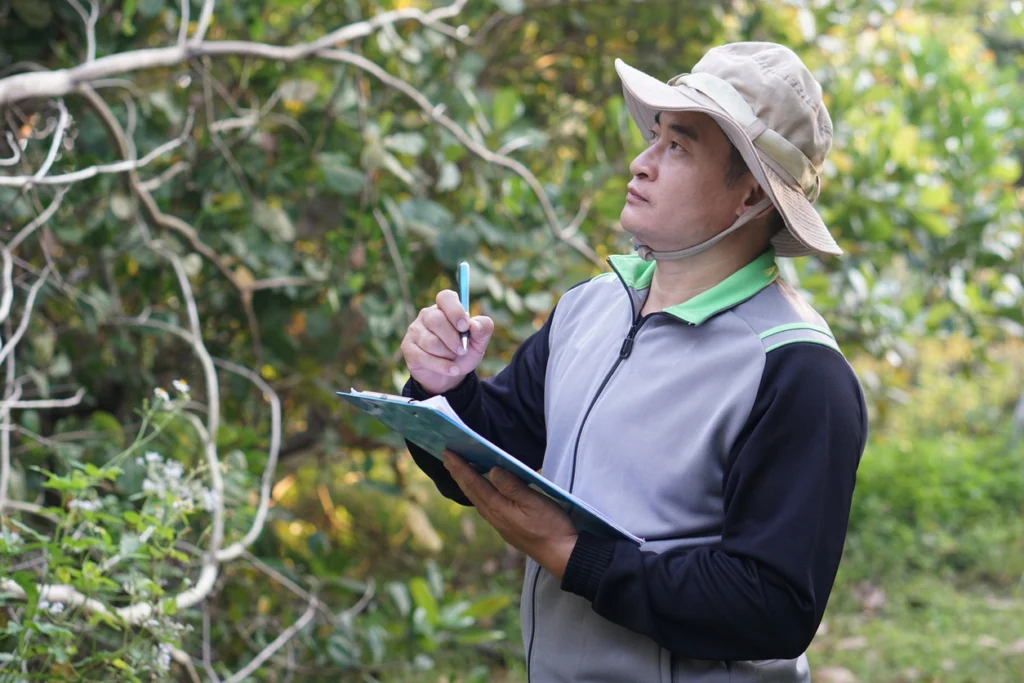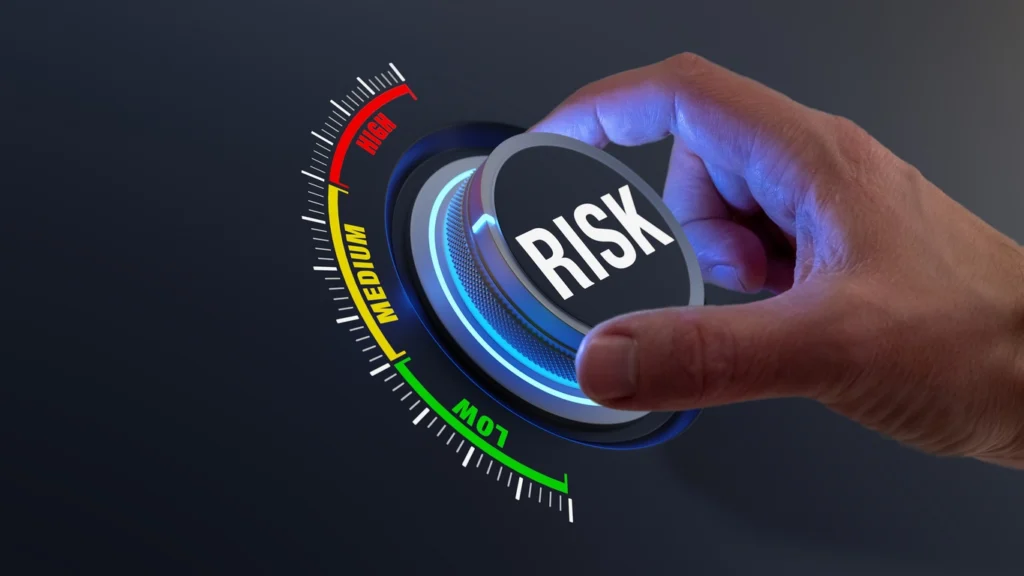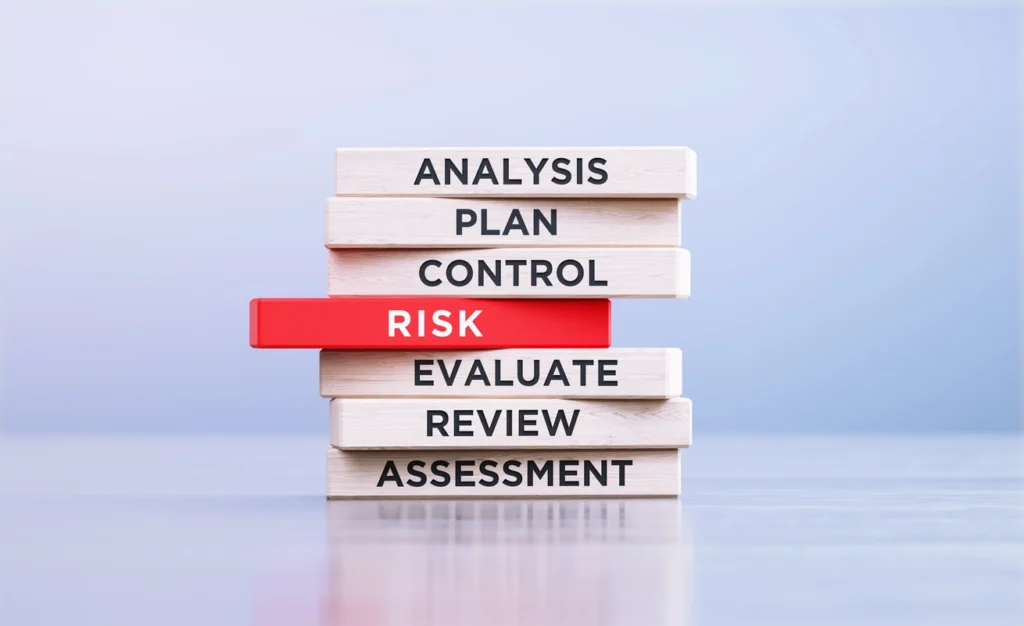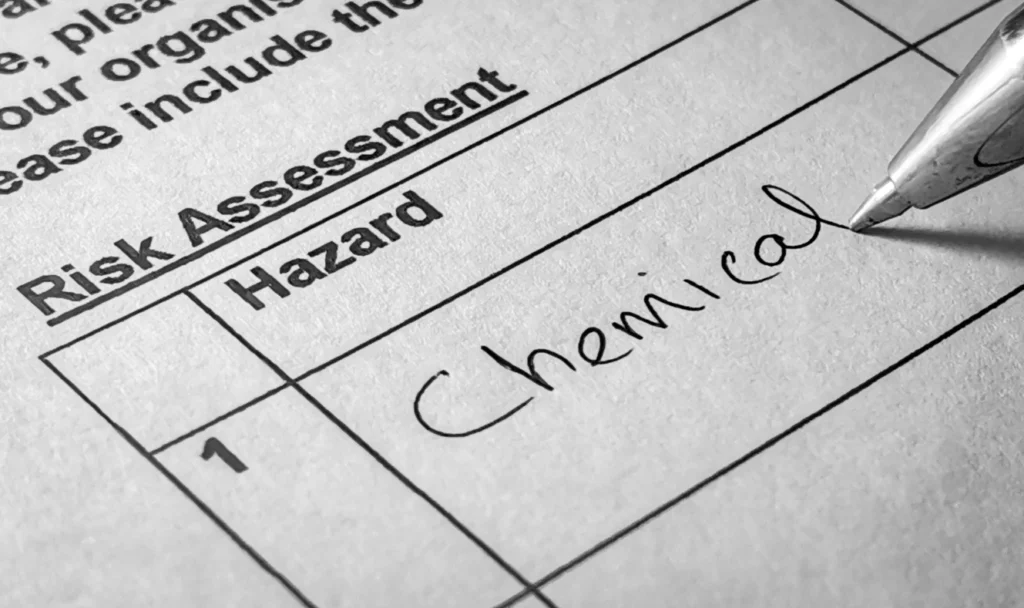Biological surveys can be considered as detailed snapshots of the natural environment. Scientists use these surveys to methodically identify and record the plants, animals, and even microbes found in a given area. More than just a species list, the different applications of biological surveys provide essential data used for purposes as diverse as tracking pollution, guiding conservation efforts, and making informed land-use decisions.
The insights gained from biological surveys help us identify areas in need of protection, manage our resources sustainably, and balance human needs with those of the ecosystems we depend on.

Environmental Assessment and Monitoring
Biological surveys serve as powerful tools for safeguarding our environment. The applications of biological surveys are like detective work, revealing clues about environmental health that may not be immediately visible to the naked eye. Let’s look at some specific ways they are used:
Pollution Detection: Unseen Dangers
Certain aquatic insects, like stoneflies or mayflies, are highly sensitive to water pollution. When these once-common species disappear from a stream, it’s a red flag for scientists.
By regularly surveying aquatic insect populations, biologists can detect water quality problems early, allowing them to trace the source of contamination and take action to protect both ecosystems and water supplies.
Habitat Health: Beyond What Meets the Eye
A lush green forest or marsh might appear healthy. But biological surveys offer a deeper look. By assessing plant diversity, the presence of key indicator species, and soil conditions, scientists can determine if a habitat is truly thriving or if subtle degradation is occurring. This knowledge helps guide land management decisions to maintain long-term ecological health.
Ecosystem Change: Tracking the Impacts
Climate change, habitat loss, and other large-scale forces are reshaping our world. Biological surveys, repeated over time, provide essential data to track these changes.
For example, scientists might document shifts in bird migration patterns, expanding ranges of invasive species, or declining populations of pollution-sensitive organisms. These long-term records help us understand the full extent of environmental change and design strategies to help ecosystems adapt.
Conservation and Management
Biological surveys are vital for protecting biodiversity and managing natural resources responsibly. They provide the information conservationists need to make effective decisions. Here’s how surveys contribute:
Species Identification and Distribution: Protecting the Vulnerable
Knowing where endangered or threatened species live is crucial for their survival. Targeted applications of biological surveys help scientists pinpoint populations of rare plants or animals and map their distribution. This information is used to designate protected areas, plan development projects to avoid critical habitat, and focus resources where they are most needed.
Invasive Species Management: Early Warning Systems
Invasive species can wreak havoc on ecosystems. Biological surveys act as an early warning system, detecting the presence of new invaders while their populations are still small and easier to control. Regular monitoring helps track the spread of established invasive species, allowing land managers to prioritize control efforts and measure their effectiveness.
Sustainable Resource Use: Balancing Needs
Our forests, fisheries, and other natural resources provide essential benefits but must be managed wisely. Biological surveys give us the data needed for sustainable practices. For example, forest surveys might assess tree health and regeneration rates, helping guide timber harvest decisions that protect forest productivity for the long term. Fisheries surveys track fish populations, informing catch limits to prevent overfishing.
Biological surveys are essential for making science-based decisions about conservation and balancing human needs with the long-term health of the natural world.

Applications of Biological Surveys in Specific Fields
The value and applications of biological surveys extends far beyond theoretical ecological studies. Here’s how they are used in practical ways:
Agriculture: Boosting Yields, Protecting Crops
Biological surveys play a key role in modern agriculture. By monitoring insect populations in fields, farmers can identify harmful pests early and take targeted action. Surveys also track beneficial insects like pollinators and predators that provide natural pest control.
Assessing crop health and soil quality through surveys help farmers optimize growing conditions and make informed decisions about fertilizer or pesticide use.
Land Use Planning & Development: Minimizing Impacts
Before a new housing development, highway, or other projects break ground, biological surveys provide crucial knowledge. Pre-project surveys identify sensitive habitats, important wildlife corridors, or the presence of endangered species within the project area.
This information allows developers and planners to modify project designs, potentially reducing the footprint or avoiding the most ecologically valuable areas altogether.
Restoration Ecology: Measuring Success
Restoring damaged ecosystems is a complex and long-term endeavor. Biological surveys establish a baseline to understand a degraded site’s initial conditions. After restoration activities, such as replanting native vegetation or removing dams, repeated surveys track whether plants and animals are returning.
This data reveals the success of different restoration techniques and helps guide future actions for even better outcomes.
Biological surveys help bridge the gap between science and decision-making, ensuring that development, agriculture, and restoration efforts take into account their full impact on the natural world.
Emerging Trends and Technology in the Applications of Biological Surveys
The field of biological surveys is constantly evolving, with exciting new tools and approaches expanding possibilities. Let’s look at a few key trends:
Remote Sensing: A View from Above
Satellites and drones equipped with cameras and sensors offer a unique perspective for biological surveys. High-resolution imagery helps scientists map vegetation types, identify potential wildlife habitat, and even detect large-scale changes in ecosystems over time. Remote sensing is especially useful for surveying vast or hard-to-reach areas, saving time and resources compared to traditional ground-based surveys.
Citizen Science: The Power of the People
Thanks to technology and well-organized programs, the public now plays an active role in biological surveys. Citizen scientists can use smartphone apps to report sightings of rare birds, track the spread of invasive plants or help monitor water quality in local streams. This crowdsourced data expands the reach of scientific studies and fosters a sense of environmental stewardship within communities.
eDNA: Detecting the Invisible
Environmental DNA (eDNA) analysis is a cutting-edge technique. Scientists can detect traces of DNA that organisms shed into water or soil. This means they can identify the presence of fish, amphibians, or even rare mammals without ever directly seeing the animal itself. eDNA offers a less invasive way to survey sensitive species and opens up possibilities for detecting aquatic life in remote or murky waters.
These emerging trends increase the scale and efficiency of biological surveys while fostering greater collaboration between scientists and the public.

Getting Involved in the Different Applications of Biological Surveys
Whether you’re a scientist seeking a fulfilling career or someone passionate about nature, there are many ways to contribute to biological survey efforts.
Professional Opportunities: Turning Knowledge into Action
Scientists with expertise in biology, ecology, data analysis, or related fields find rewarding careers in biological surveys. Positions exist within government agencies, environmental consulting firms, research institutions, and non-profit conservation organizations. To explore opportunities, search job boards, network with professionals in the field, and consider further education or specialized training in biological survey methods.
Volunteer Programs: Making a Difference
Citizen science initiatives offer exciting opportunities for people of all ages and backgrounds to participate in meaningful data collection. Numerous projects focus on biological surveys. These might involve monitoring bird populations, tracking butterfly migrations, or documenting plant diversity in local parks. To find projects:
- Explore platforms like SciStarter (https://scistarter.org/)
- Contact local nature centers, parks, or universities
- Connect with conservation organizations in your area
Resources: Expanding Your Knowledge
Numerous resources exist to support your interest in biological surveys. Here are a few starting points:
- Websites of government agencies like the U.S. Fish & Wildlife Service or your state’s natural resources department.
- Professional societies such as the Society for Conservation Biology or the Ecological Society of America.
- Citizen science project websites, which often provide training materials and species identification guides.
Biological surveys rely on a collaborative effort by scientists, the public, and committed organizations. By getting involved, you become part of the solution in protecting our natural world.
A Blueprint for Informed Action
From the smallest insects in a stream to sweeping satellite views of landscapes, biological surveys provide the knowledge we need to act as responsible stewards of our planet. They empower us to protect vulnerable species, make wise decisions about using our natural resources, and mitigate the impacts of a changing world.
As technology continues to advance, and collaboration between scientists and the public grows ever stronger, the scope of the applications of biological surveys will only increase. Through these surveys, we forge a deeper understanding of the ecosystems upon which all life – including our own – depends, guiding us towards a future where both human development and the natural world can thrive.
Frequently Asked Questions About Applications of Biological Surveys
How do scientists ensure biological surveys are accurate and reliable?
Scientists use rigorous methods to ensure accuracy. This includes standardized survey protocols, quality control checks to catch data entry errors, and often repeating surveys to account for natural variations. Statistical analysis helps determine if observed changes are likely due to real ecological shifts or just chance.
Can biological surveys be used to predict future environmental changes?
While surveys primarily capture a snapshot in time, when repeated regularly, they become powerful tools for predicting trends. Long-term monitoring datasets allow scientists to build models that forecast how populations or ecosystems might respond to climate change, land-use changes, or other pressures.
What are the limitations of biological surveys?
Biological surveys, while powerful, aren’t perfect. They can be time-consuming and expensive, especially for large areas. Some species are difficult to detect, and surveys might miss rare or elusive organisms. It’s important to understand these limitations when interpreting survey results.
How can biological surveys inform environmental policy?
Biological surveys provide objective data upon which regulations and policies can be based. For example, surveys documenting the decline of a species are crucial for justifying its listing as endangered. Surveys can also demonstrate the effectiveness
Are there ethical considerations in conducting biological surveys?
Absolutely. Researchers prioritize minimizing any disturbance to wildlife or habitats during surveys. For species at risk, scientists carefully weigh the benefits of the data gained against potential stress to the organisms. Obtaining necessary permits and following ethical guidelines is essential.











